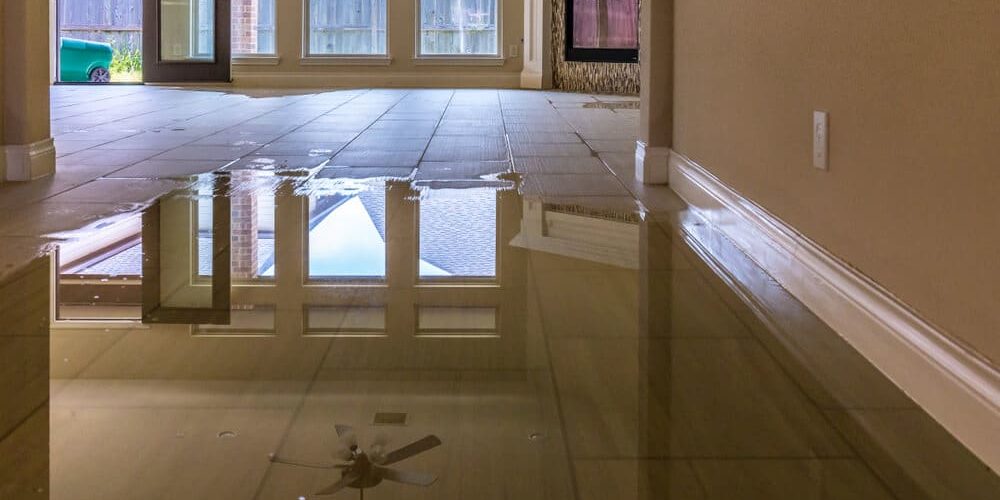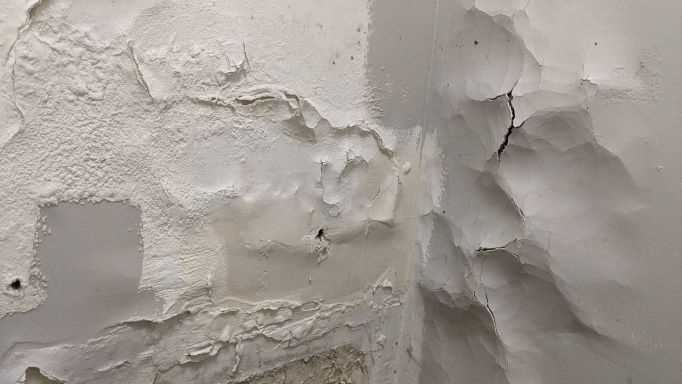Quick Response Emergency Water Leak Repair for Residential and Commercial Needs
Quick Response Emergency Water Leak Repair for Residential and Commercial Needs
Blog Article
The Process of Water Damage Clean-up: Guaranteeing Your Home Is Restored Properly
Water damages can be a challenging difficulty for homeowners, necessitating a organized and precise cleanup process to recover safety and performance. At first, a thorough assessment is critical to recognize the degree of the damage and determine the ideal remediation measures. Following this, reliable water removal strategies play a crucial function in mitigating additional damage. The nuances of drying out, sanitizing, and eventual reconstruction are just as vital and commonly neglected. Comprehending these phases can make a significant distinction in the end result of your home's remediation, prompting a closer check out what each step involves.
Evaluating the Damage
Upon uncovering water damages, the initial step is to completely examine the extent of the impact. This first analysis is crucial, as it assists establish the needed steps for effective cleaning and restoration. Begin by examining the impacted areas, including wall surfaces, ceilings, floorings, and individual items, to recognize the source of the water breach, whether from flooding, leakages, or condensation.
Recording the damages is crucial for both insurance claims and intending repair initiatives - damage restoration services. Usage photographs and composed notes to record the seriousness of the damages, noting any kind of affected architectural elements and materials. Pay unique attention to locations that may not be instantly visible, such as behind wall surfaces and under carpetings, as concealed moisture can lead to more complications, including mold growth
Furthermore, analyze the timeline of the water exposure. The longer the materials stay damp, the better the potential for damages. Recognizing the duration of exposure will inform the seriousness of remediation initiatives. Ultimately, an extensive assessment lays the foundation for an effective water damage cleanup process, ensuring that all affected areas are addressed successfully and extensively.
Water Removal Methods

Experts usually employ submersible pumps for bigger quantities of water, which can promptly relieve flooding in basements or various other impacted areas. For smaller quantities, wet/dry vacuums are typically used to remove recurring moisture from rugs and hard surface areas. Furthermore, using portable extractors allows for targeted elimination in constrained rooms or areas with delicate materials.
In circumstances of polluted water, such as sewer or floodwater, progressed extraction techniques might involve using biohazard devices to make sure safety and security and conformity with health laws. High-powered extraction tools are crucial in lessening water retention in architectural materials, which can cause mold and mildew growth and architectural wear and tear if not attended to promptly.
Inevitably, the effectiveness of water removal strategies plays a crucial duty in the general success of the water damages cleanup procedure, laying the foundation for succeeding reconstruction initiatives.
Drying and Dehumidification
When standing water has been effectively removed, the following crucial phase in the water damages clean-up process is drying and dehumidification. This action is important to protect against additional damage and mold and mildew development, which can occur within 24 to 48 hours in wet settings.
To attain efficient drying out, specific tools such as industrial-grade air moving companies and dehumidifiers is employed. Air moving companies distribute air across wet surface areas, improving evaporation prices, while dehumidifiers lower moisture degrees airborne, promoting a conducive atmosphere web for drying. The combination of these tools makes sure that dampness is attracted out from home furnishings, floorings, and wall surfaces, enabling them to completely dry completely.
It is necessary to keep track of the drying out process very closely. Specialists commonly utilize moisture meters to analyze the wetness material in numerous products, making sure that all influenced locations get to appropriate dryness degrees. This careful strategy aids to stop hidden wetness pockets that can cause structural damage or harmful mold and mildew development.

Cleansing and Disinfecting
After the drying and dehumidification phase is full, the next crucial action in water damage cleaning is cleaning up and sanitizing the influenced locations. This process is important to avoid the growth of mold and mildew, germs, and other microorganisms that prosper in moist atmospheres.
The cleansing stage typically involves getting rid my sources of any debris, dirt, and pollutants from surfaces utilizing specialized cleaning agents. For difficult surface areas, a mix of soap and water or business cleaning items is visit this site usually utilized. Soft products, such as furniture and rugs, might require more extensive cleaning methods, including steam cleansing or deep extraction techniques, to make sure comprehensive sanitation.

Disinfecting adheres to cleaning, using EPA-approved disinfectants to eliminate dangerous microbes. This action is essential, especially in locations that might have entered contact with floodwaters or sewage, as these resources can present major wellness risks.
Additionally, it is essential to deal with any remaining smells, which may need making use of smell neutralizers or advanced techniques like ozone therapy. Correct cleaning and sterilizing not only restore the security and hygiene of your home however additionally prepared for successful reconstruction and fixings in subsequent phases of the water damage cleaning process.
Remediation and Repair Work

Once the analysis is full, reconstruction efforts can start. Furthermore, flooring might need similar attention, depending on the degree of water direct exposure.
It is crucial to involve skilled repair specialists during this process, as they have the expertise to deal with complex repair services properly. Furthermore, they can aid reduce potential future issues, such as mold development or structural instability, therefore guaranteeing a safe and habitable living setting. Ultimately, effective remediation and fixings recover the home's honesty and boost its overall value.
Conclusion
To conclude, the process of water damages cleaning is critical for recovering a home to its pre-damage problem. Each stage, from analyzing the damage to applying effective water removal techniques, complied with by extensive drying out, disinfecting, and necessary fixings, plays a crucial function in making sure security and conformity with building requirements. Effective implementation of these actions not only reduces prompt damages yet also boosts the lasting integrity and worth of the residential property.
Water damages can be an overwhelming difficulty for home owners, demanding a meticulous and organized cleanup procedure to restore safety and performance. Inevitably, an extensive analysis lays the groundwork for an effective water damage cleaning process, making certain that all affected locations are addressed properly and completely.
Efficient water removal methods are crucial in alleviating damages and stopping additional issues complying with a water intrusion occasion.In verdict, the procedure of water damage clean-up is essential for restoring a home to its pre-damage problem. Each stage, from evaluating the damages to applying reliable water extraction methods, followed by detailed drying out, disinfecting, and necessary repair work, plays a vital duty in making sure safety and compliance with structure standards.
Report this page